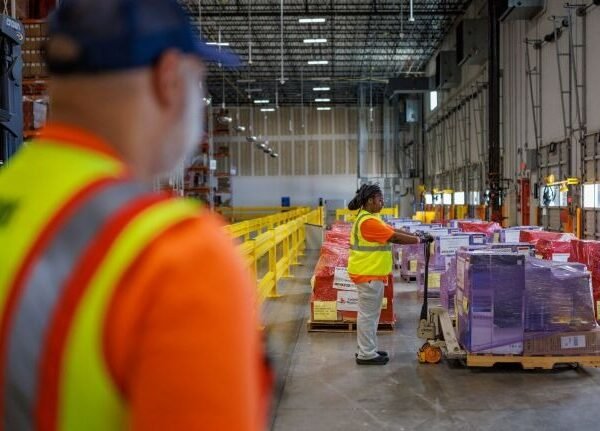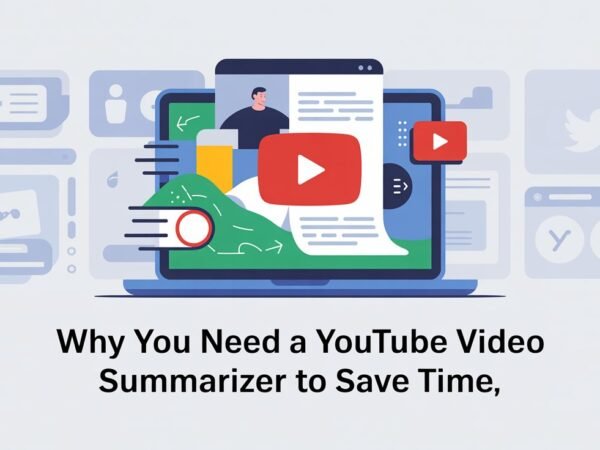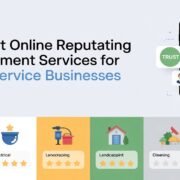LMS websites (Learning Management Systems) are vital for delivering and managing educational content. Whether for corporate training, academic institutions, or online course providers, LMS platforms host various learning materials, including video content. Videos have become one of the most effective ways to engage learners. Still, they also come with a significant challenge—ensuring the content is secure and not illegally copied, downloaded, or redistributed.
Implementing strategies to protect videos online is crucial to maintaining the integrity of your educational content and protecting your intellectual property. In this blog, we’ll explore the importance of video protection for LMS websites and outline the key techniques to keep your video content safe from unauthorized access and piracy.
The Importance of Protecting Videos Online
Videos are an excellent tool for education, training, and engagement, but they are also one of the most vulnerable formats for piracy. Without proper protection, videos can easily be downloaded, copied, or shared without authorization, resulting in:
- Loss of Revenue: If you sell access to your LMS or video content, piracy can directly impact your bottom line by making your content free through illegal means.
- Violation of Intellectual Property: Your video content is an asset, often containing proprietary knowledge, tutorials, or creative work that you have invested significant time and resources into developing.
- Unauthorized Distribution: Unprotected videos can be shared on social media or torrent websites, damaging your exclusivity and control over your content.
These risks can severely undermine the profitability and reputation of LMS websites, which are built on the value of their educational content. Ensuring robust video protection is, therefore, essential for long-term success.
Key Strategies to Protect Videos Online on LMS Websites
To secure your video content and prevent unauthorized access, you need a combination of technical tools and best practices. Here are the top strategies to protect videos online:
1. Digital Rights Management (DRM)
One of the most effective ways to protect videos online is through DRM (Digital Rights Management). DRM is a technology that controls how digital content is used, viewed, and distributed. For video protection, DRM ensures that only authorized users can access the video and places restrictions on copying, downloading, and sharing.
Some key benefits of using DRM for LMS websites include:
- Encryption: Videos are encrypted, making them unreadable without the correct authorization.
- Access Control: Only users with valid credentials can watch the videos, often based on roles, permissions, or subscription status.
- Geographical Restrictions: You can set geographic restrictions to prevent users from accessing the content from specific regions.
- Device-Based Restrictions: Control which devices or browsers can be used to view the video, preventing users from downloading or accessing content on unauthorized platforms.
With DRM in place, LMS websites can protect their video content while maintaining flexibility in how learners interact with the platform.
2. Watermarking
Another method to protect video online is watermarking. This involves embedding a visible or invisible watermark into your videos, making it clear who owns the content. Visible watermarks can deter piracy, while invisible watermarks allow you to trace unauthorized copies.
Watermarks are particularly useful for LMS websites when videos are intended for a limited audience. In cases of content theft, you can track the source of the leak by identifying the watermark associated with a specific user or account.
3. Password Protection and User Authentication
Implementing password protection and robust user authentication systems is a simple yet effective method of protecting videos. This ensures that only users who have the correct login credentials can access your video content. For LMS websites, this is often done through:
- Single Sign-On (SSO): Allow users to log in through their organization’s secure login system, reducing the risk of unauthorized access.
- Two-Factor Authentication (2FA): Require a second layer of security (such as a one-time code sent to the user’s phone) to verify identity before granting access.
Password-protected video access limits the audience to those who are paying subscribers or registered users of the LMS platform.
4. Restricting Video Downloads
While streaming video content online is secure, allowing users to download the content increases the risk of piracy. To protect videos online, LMS websites should ensure that video downloads are disabled or restricted. Platforms can provide alternative offline viewing methods by offering DRM-protected downloads or apps restricting copying and sharing.
Secure streaming services are also crucial in maintaining control over video content. When a user streams a video, the content should be securely delivered over encrypted channels, preventing interception or unauthorized copying.
5. Time-Limited Access
For added protection, LMS websites can implement time-limited access to videos. This ensures that users can only view content for a specified period, after which access is automatically revoked. Time-limited access is handy for:
- Subscription-based learning platforms: Users can access content if their subscription is active.
- Course-based learning: Access is restricted to the duration of the course or training program.
Limiting the timeframe during which a user can access a video further reduces the risk of long-term unauthorized distribution.
The Role of Secure Hosting for LMS Websites
An essential part of video protection is ensuring your LMS platform is hosted on a secure and reliable server. Secure hosting with SSL certificates ensures that all communication between your LMS website and users is encrypted, preventing man-in-the-middle attacks or data breaches. Moreover, working with a video hosting provider that offers built-in DRM and secure streaming services is critical to protecting your online videos.
Conclusion
As online learning continues to grow in popularity, protecting video content on LMS websites has become a priority for content creators and organizations alike. You can effectively protect your video content from unauthorised access and piracy by leveraging DRM products, watermarking, user authentication, and secure hosting. These strategies safeguard your intellectual property and help build trust and credibility with your learners, ensuring a safe and engaging learning experience.
Incorporating these video protection techniques into your LMS platform will protect your content and allow you to focus on delivering high-quality educational experiences to your users.
Also read interesting articles at Disboard.co.uk













